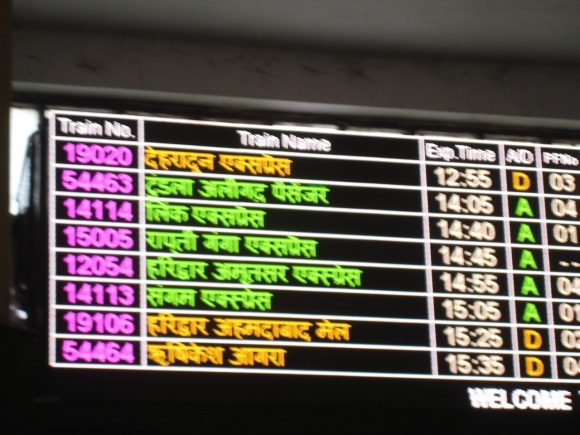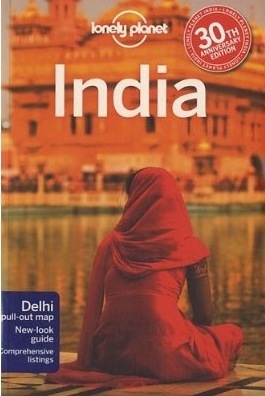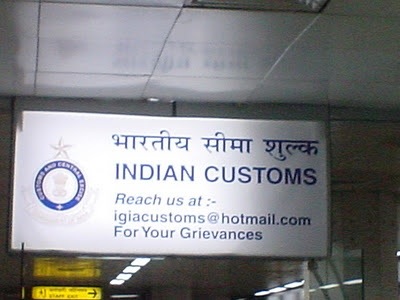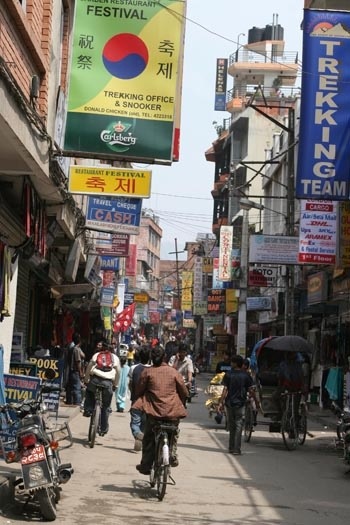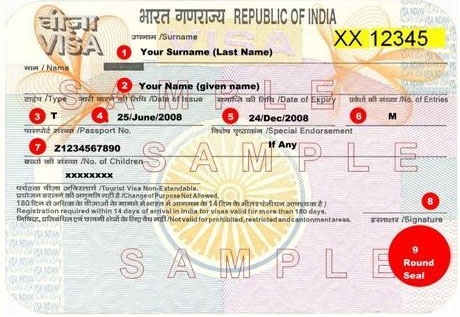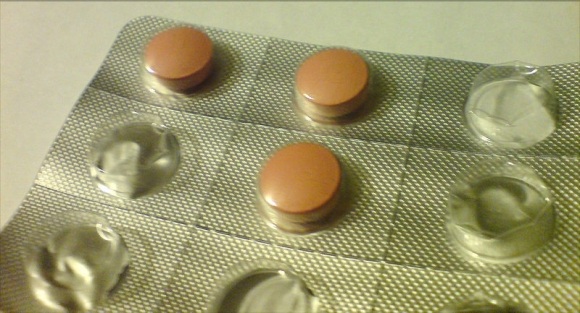Winnipeg, Manitoba, Canada
For those of you who had been following my adventures in South Asia and may be thinking of traveling to India or Nepal while saying things like “Hey! That looks like fun! I’ll go next week” or “I’ve been to Brandon, I’m sure Kathmandu is about the same” or “I’ve had the Butter Chicken from the Michelina brand of frozen entrees, I can do India”, slow down there Backpack Betty, you may want to take a breath.
This was my first time in India and Nepal (In fact it is my first time outside of North America since the early eighties), and I’m not a super seasoned traveler, but I would be remiss if I didn’t pass on the things I learned before, while, and after traveling.
First off, and I can’t stress this enough, do some research. India is a pretty big country. Area wise, it’s almost as big as the Hudson’s Bay. And a few people live there as well. In fact one in six of EVERY person on the earth lives there. This makes the country incredibly diverse. Climate, language, architecture, cuisine, and railway track gauges are quite different in southern India in comparison to the north. Nepal is a country that is at the beginning of it’s rebirth (hopefully), just emerging from a ten year civil war.
So you’ve got some reading to do.
There are many many books and resources to choose from, and I can’t say one way or the other which ones are better, but here’s where I got most of my information:
1) The Lonely Planet Guide to India: this is a wealth of information about the country and is a great guide to carry with you on the trip (if you can get an ebook it will save you about four pounds in your pack). I used it more when I was in country (the Kathmandu valley edition was invaluable) than I did before, but it gives you a great place to start.
It is however, REALLY opinionated at times and can be dreadfully out of date. Even though the latest edition was published in September 2011. Don’t believe any of the prices for attractions or hotels. Once a business knows that they are in the guide, their prices tend to skyrocket. It wasn’t uncommon to find a hotel that was recommended in the guide was ten times more expensive than listed.
But what IS useful are the maps to attractions (Mumbai), lists of scams and tout behaviour (Agra and New Delhi), etiquette (Pondicherry and Haridwar) and where the nearest bathroom is (Kathmandu). There is also a website that has some extra information, but with the exception of user feedback, it’s mostly just a re-hash of what is in the books.
2) There are a multitude of other sites on the net that are useful. www.IndiaMike.com is an enormous forum that contains a wealth of information from people traveling to India, and those living there. Everything from Hotel reviews to how to cross the street in New Delhi are contained in the documents section, and there are thousands of pictures from every part of the country.
Make sure that you check the date of posts there though, some of the information is dreadfully out of date. Anything dated before 2008, you should take with a grain of salt because India is changing so fast, that regulations, prices, and even place names may be vastly different now than 4 years ago. But, if you have really specific questions about any aspect of India, IndiaMike is the place to ask. Membership to the forums is free and well worth it.
3) A plethora of travel booking sites are available on the Internet, and most come with user reviews and rating guides. The ones I used the most were Travel Advisor, Must See India, and Clear Trip, but I did all of my booking through Clear Trip because it is the only site that also lets you book hotels, plane tickets and India Rail tickets (which is huge) and I never had a problem with it on the entire trip. (Update: there have been some changes to Clear Trip’s train bookings since I first wrote this which you can read about here).
4) I also kept an eye on various news sites from Asia (this was especially important for Nepal to keep an eye on the political situation in the country). The Times Of India, The Hindustani Times, and the Himalayan Times (Nepal) were the news sites that I frequented, and you can also use Google news alerts to keep yourself informed.
5) Registration with government travel sites is a good idea as well, so embassies know your whereabouts in case there is trouble. Most government websites offer services that send e-mail travel alerts and information about various countries. Both the government of Canada and the U.S. Department of State have great websites with a lot of travel information.
If you are just traveling to Nepal and are flying, you have to enter through Kathmandu. Be aware, before booking plane tickets, that some countries that service Nepal by air (India included) require transit visas BEFORE you go. When I went, there were only a few different countries from which you could connect to Kathmandu through, but that is supposed to change and there may be more direct flights now.
You will also need a passport sized photo taken which will be required for the visa to enter the country. Do yourself a favour and take a few with you before you go, otherwise you will be required to get one taken there. The Nepal visa is available at the airport and costs $25 US dollars for a 15 day visa, $30 for a 40 day visa, and $100 for a 90 day visa. Info on entering Nepal is available here.
You should also consider bringing some US Currency with you (I brought $50 in one dollar bills and $50 in fives and tens) so you can pay this fee and to buy Nepalese rupees, which are almost impossible to get outside of the country. Make sure you keep all of your receipts when changing money because there are very strict rules about changing it back when you leave. Also make sure that you DO NOT bring any 500 or 1000 Indian Rupee bills into Nepal, they are illegal.
ATMs are everywhere in the Thamel area of Kathmandu, but in the more rural areas they can be harder to come by and not all ATMs take all cards. In addition to cash, a few different credit cards and bank cards are advisable and I took $100 in travelers’ cheques too just in case (which I never used in Nepal).
Getting into India is a whole different animal. A visa is required BEFORE you leave on your trip. There is a needlessly complicated process that you have to go through to get the visa, starting with an online application through a third party company called VFS Global services. Apply for the visa about a month before you want to go.
The application process is a little frustrating due to contradictory information on the application and the website. The website and the application clearly state that the visa should be obtained before you make travel arrangements such as airline tickets or hotel reservations, yet they also require a detailed itinerary and a contact address where you are staying! My advice is to buy your plane ticket before hand and have a rough itinerary ready, and include a hotel address and phone number for a contact address.
You should also contact VFS directly for advice on how to fill out your online form, the ladies in the Winnipeg branch were very helpful in all respects. I was also unfortunate enough to be applying for my visa just as the entire process was being switched to a computerized system and they may had not removed all of the bugs from it.
Then there is the controversial question about shots and meds. I know a lot of people who think that travel clinics are a scam and immunization against various diseases is an unnecessary cash grab by pharmaceutical companies. I tend to lean towards the better safe than sorry side and I got the full regiment of shots including boosters for tetanus and polio. Malaria is treated with a daily pill that you take just before you go, while you are there, and for a short period when you return. I took the Malarone option which is the most expensive, but the least prone to side effects.
If you choose to get the shots, be prepared to shell out a fair amount of cash, and book an appointment at a travel clinic at least three weeks before you go.
Lastly in your pre-trip planning, there is travel insurance. Don’t be a dumb-ass. Get travel insurance, especially if you are traveling to Nepal where medical services are scarce. A trip and fall on a path while in rural Nepal might result in a broken bone and require you to be airlifted off of the side of a mountain, which will cost thousands and thousands of dollars. Check with your bank, airline, and credit card companies to see what you are already covered for, but don’t even consider entering Nepal without it.
Once you get your visa, plane tickets, shots, and research your trip, there is the question of what to pack… which will be the subject of the next post.

